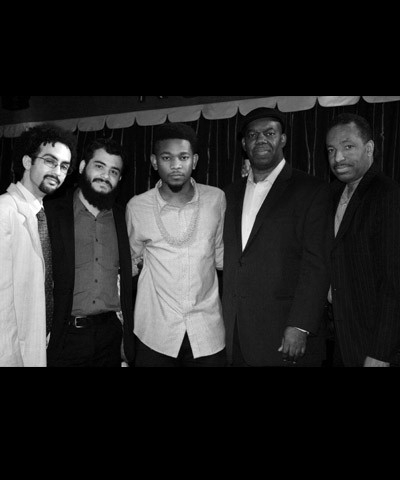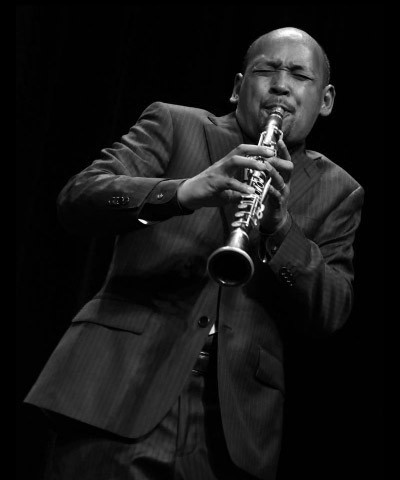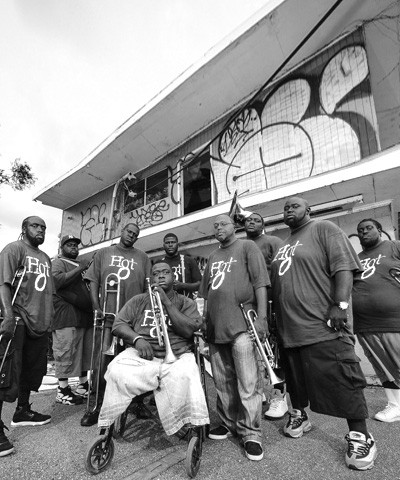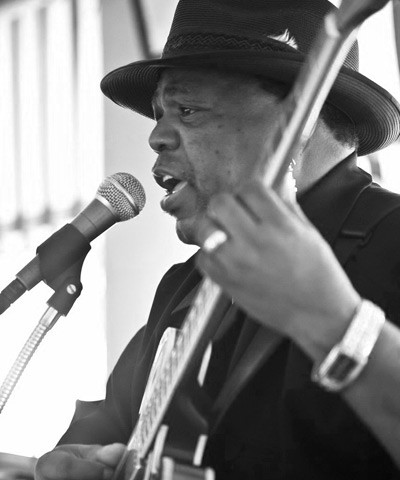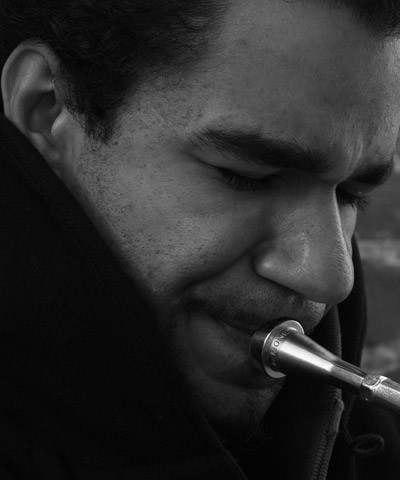New Orleans’ place as a world leader in jazz and related musical forms derives from many sources and influences encompassing multiple international genres and spanning three centuries. Read more.
Among the most significant factors is New Orleans’ geographic location at the mouth of America’s largest river system, the Mississippi. As the leading port, connecting fully three fifths of the territory of the United States to the world—and especially the Caribbean, Latin America, France, Spain and Africa—through trade, a rich blend of global music in New Orleans was an historic inevitability.
A second major factor was New Orleans’ historic role at the heart of the slave trade. Ironically it was not only the diverse musical forms from Africa that were a factor, but the relatively lax slave laws in New Orleans that fed the city’s musical growth. Derived from the more humane philosophy that the French and Spanish had toward their slaves in contrast to the stricter English, the imported cultures had greater impact on the life of the city than in many other American cities.
These factors have simmered along with various migrations of Haitians, Cubans, former slaves, Italian and Irish immigrants, rural blacks, and others to and from New Orleans and the city’s role as America’s capital of classical music in the 1800s (with the oldest opera tradition in the United States) to form a musical tradition that is both historically rooted and constantly developmental.
The combination of musical culture, availability of instruments, the European marching/brass band tradition, ragtime, and the close proximity of whites, blacks, and Creoles led to the development of jazz, and of a city that constantly attracts the finest musicians from throughout the world and grooms the great musicians of the future.
When jazz developed in the beginning of the 20th century, it slowly spread from New Orleans across the United States and beyond, to change music forever. All the great early jazz musicians lived in New Orleans, were from this city, or were influenced by New Orleans jazz. And when, in the 1950’s, the music added a backbeat, pounding piano, and riffing horns, New Orleans musicians took that music to the world and fundamentally changed music yet again. This was rhythm and blues which became rock ‘n’ roll as offered by Fats Domino, Little Richard, Professor Longhair, and Huey Piano Smith. People from New Orleans’ Bywater to Japan, from the French Quarter to Novosibirsk, know Louis Armstrong, Fats Domino, Wynton Marsalis, and Lil Wayne.
New Orleans’ musical traditions remain very much alive today: As the city’s music has diversified from the best jazz, rock ‘n’ roll, and rhythm and blues into the best soul, funk, hip-hop, bounce, marching band, and brass band music on the planet, it still keeps its roots in the streets where the parades dance and where the music clubs cluster in every neighborhood in the ‘Crescent City.’
David Kunian, New Orleans Musicologist

